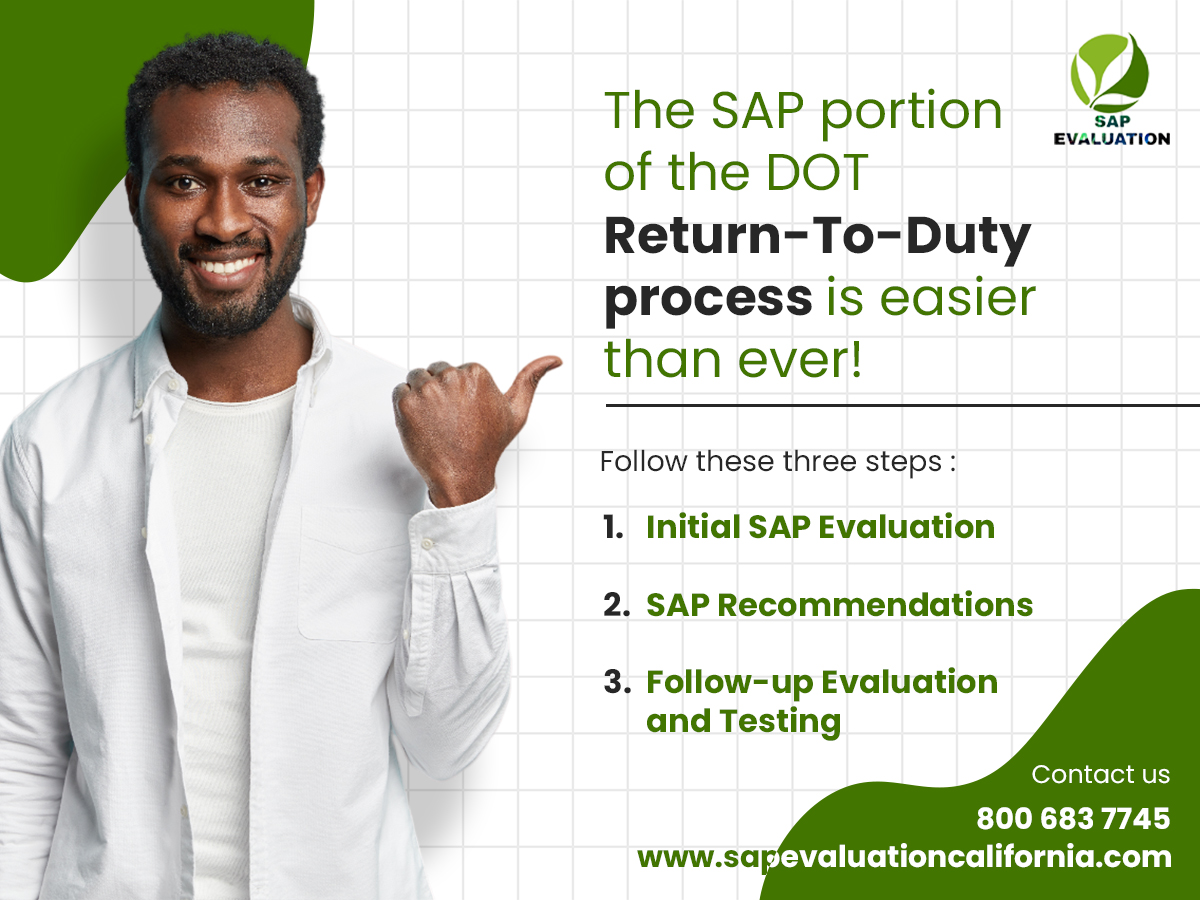SAP Evaluation California is a pressing issue that affects individuals, families, and communities across the United States. In this blog post, we will delve into the specific context of California and conduct a thorough evaluation of substance abuse in the state. By examining the prevalence, assessment methods, treatment options, and ongoing efforts to combat substance abuse, we aim to unveil the realities surrounding this critical problem.
Understanding Substance Abuse in California
Before delving into the evaluation process, it is essential to understand the context of substance abuse in California. The state faces unique challenges due to its diverse population, availability of drugs, and socioeconomic factors that contribute to substance abuse
Prevalence of Substance Abuse in California
To comprehend the impact of substance abuse in California, it is crucial to assess its prevalence. According to the California Health Interview Survey (CHIS), approximately X% of adults in the state reported engaging in substance abuse in the past year. Additionally, the 202X Substance Abuse and Mental Health Services Administration (SAMHSA) report highlights that X% of Californians struggled with a substance use disorder in the same period.
Assessment and Screening Methods
Accurate assessment and screening methods are vital for effective treatment and intervention. Several evaluation tools and techniques are utilized to evaluate substance abuse in California:
Screening Tools
The Alcohol Use Disorders Identification Test (AUDIT): This widely used screening tool helps identify individuals with hazardous or harmful alcohol consumption patterns. It assesses alcohol consumption, dependence symptoms, and related problems.
Drug Abuse Screening Test (DAST-10): The DAST-10 is a brief questionnaire that evaluates illicit drug use and assists in identifying individuals with drug-related problems.
Comprehensive Evaluations
Diagnostic and Statistical Manual of Mental Disorders (DSM-5): The DSM-5 provides diagnostic criteria for substance use disorders, aiding professionals in conducting comprehensive evaluations. It covers the severity of substance use, withdrawal symptoms, impaired control, and social or occupational impairment.
Clinical Interviews: Skilled clinicians employ structured interviews to gather detailed information about an individual’s substance abuse history, patterns, and associated challenges. These interviews help assess the severity of addiction and identify underlying psychological or social factors.
Treatment Options and Interventions
California offers a diverse range of treatment options and interventions to address substance abuse effectively.
These include:
Inpatient Rehabilitation Programs
Inpatient rehabilitation programs provide a structured and supportive environment for individuals struggling with substance abuse. They provide counseling, therapy, and several holistic methods to healing in addition to detoxification services. Inpatient programs are beneficial for individuals with severe addiction or those requiring intensive support.
Outpatient Treatment Programs
Outpatient treatment programs are suitable for individuals with less severe substance use disorders who do not require 24-hour care. These programs provide counseling, therapy, and medication-assisted treatment (MAT) while allowing individuals to continue their daily responsibilities. Outpatient programs offer flexibility and can be tailored to meet individual needs.
Medication-Assisted Treatment (MAT)
MAT combines medications with counseling and behavioral therapies to address substance use disorders effectively. Medications like methadone, buprenorphine, and naltrexone are used to manage withdrawal symptoms and cravings, allowing individuals to focus on counseling and therapy. MAT is especially beneficial for individuals with opioid use disorders.
Therapeutic Interventions
Various therapeutic interventions, such as cognitive-behavioral therapy (CBT), dialectical behavior therapy (DBT), motivational interviewing (MI), and family therapy, are employed to address the underlying causes of substance abuse. These interventions help individuals develop coping mechanisms, enhance motivation for change, and improve overall well-being.
Ongoing Efforts and Initiatives
Addressing substance abuse in California requires ongoing efforts and collaborative initiatives. Various stakeholders, including government entities, healthcare providers, community organizations, and advocacy groups, have implemented programs and initiatives to combat substance abuse:
Public Awareness Campaigns
Public awareness campaigns are vital for substance abuse education, prevention, stigma reduction, and resource access. They inform about risks, prompt early intervention, and boost treatment options.
Partnerships and Collaborations
Government, healthcare, community, and advocacy partnerships effectively address California’s substance abuse. They share resources, knowledge, and best practices for a coordinated approach.
Conclusion SAP Evaluation
A thorough SAP Evaluation California unveils the realities surrounding this pervasive issue. Understanding prevalence, assessment, treatment, and anti-substance abuse efforts aid effective prevention, intervention, and support strategies. It is essential for government entities, healthcare professionals, community organizations, and individuals to collaborate





